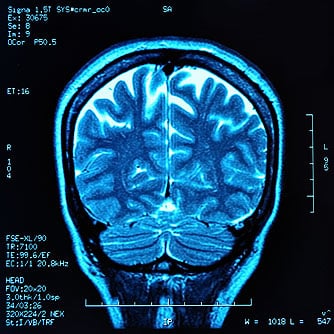Previous research has shown an association between late-life cognitive activity and better mental acuity. Konstantinos Arfanakis, from Rush University Medical Center (Illinois, USA), and colleagues studied what effect late-life cognitive activity might have on the brain’s white matter, which is composed of nerve fibers, or axons, that transmit information throughout the brain. The researchers enrolled 152 elderly participants, mean age 81 years, from the Rush Memory and Aging Project, who were without dementia or mild cognitive impairment. Researchers Subjects reported the frequency with which they participated in a list of mentally engaging activities during the last year. Among the activities were reading newspapers and magazines, writing letters and playing cards and board games. Participants underwent brain MRI using a 1.5-T scanner within one year of clinical evaluation. Data analysis revealed significant associations between the frequency of cognitive activity in later life and higher diffusion anisotropy values – a measure of white matter activity – in the brain. Explaining that: “Several areas throughout the brain, including regions quite important to cognition, showed higher microstructural integrity with more frequent cognitive activity in late life,” the study authors report that: “Keeping the brain occupied late in life has positive outcomes.”
Exercise the Brain
Arfanakis K., et al. Presentation at 2012 Annual Meeting of Radiological Society of North America (RSNA), 25 Nov. 2012.
RELATED ARTICLES




